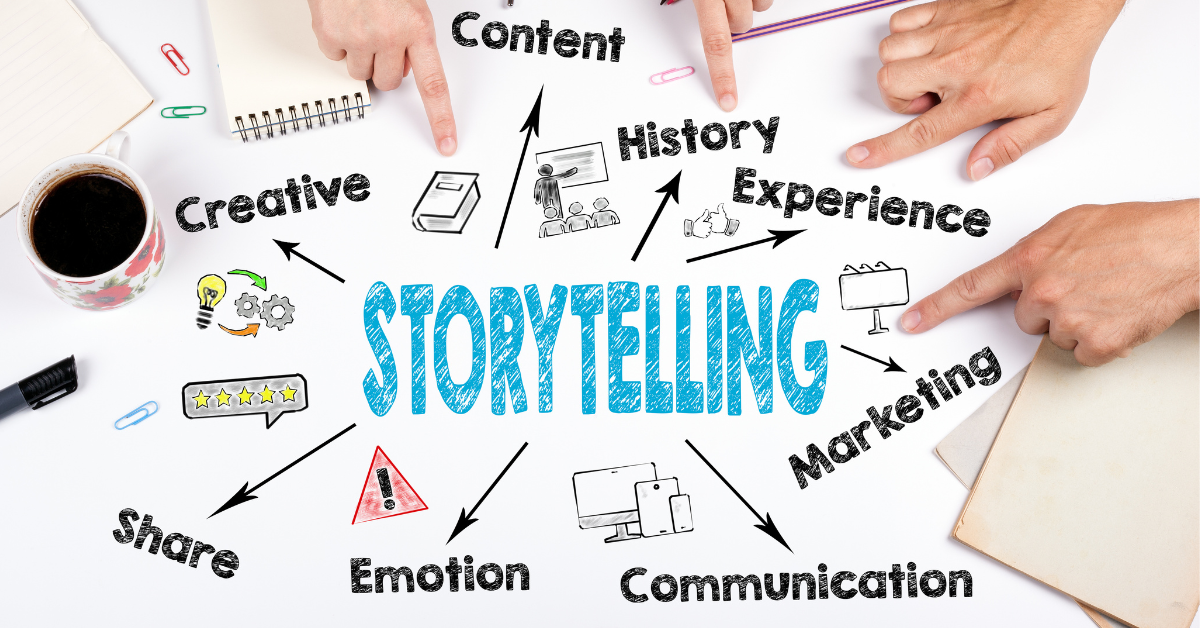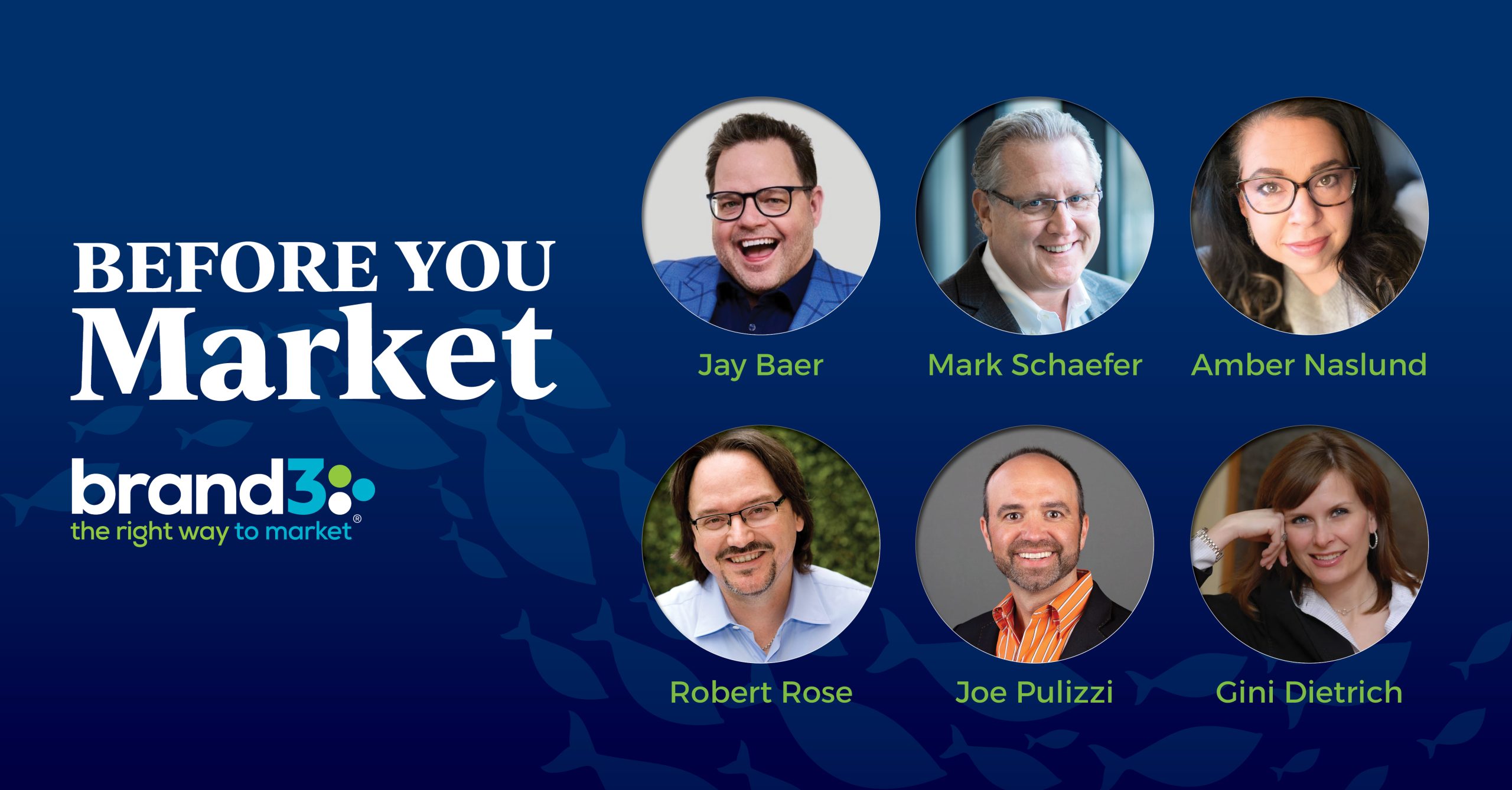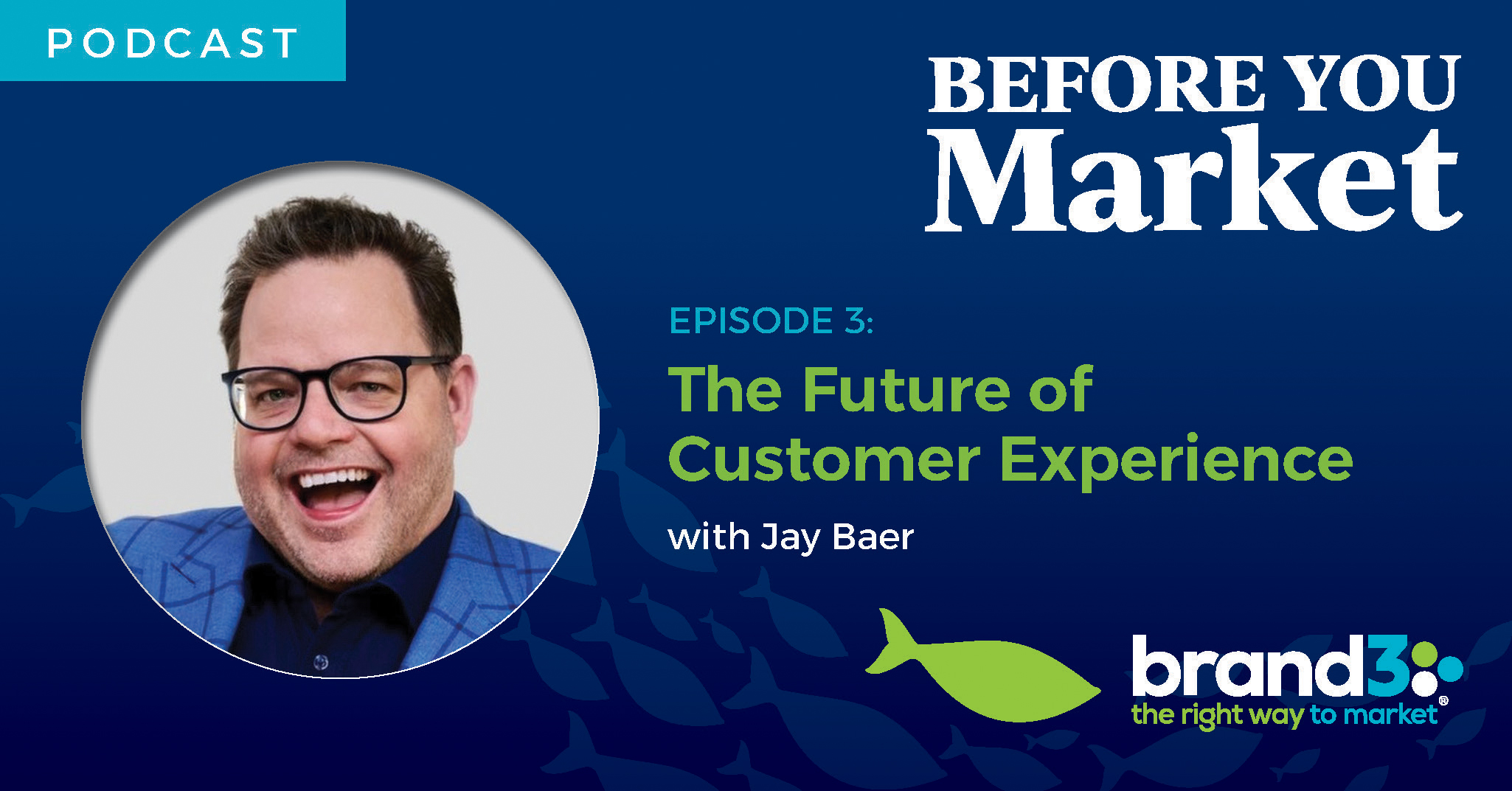
If you’ve noted shifts in marketing trends over the last several years, you’ll have heard the importance of telling your brand’s story. But storytelling has been around for millennia. Even before the written word, stories were used to educate, retain knowledge, and share experiences. In many cultures, storytellers were invaluable members of society. They entertained, they taught, and they emotionally connected their audience with the memories of long-dead ancestors. The audience in turn was inspired to act, to swear allegiance and loyalty, to learn and grow. With such an illustrious history, it is no wonder that 21st Century marketers have decided to harness the power of storytelling.
Of course, the rise of social media has created a definite shift in audience perception and behavior. Main character energy is now the norm, as people have changed from passive observers to active protagonists. Storytelling must also evolve to adapt to its audience, lest it loses its power and purpose. But how can a brand position itself in this new world filled with main characters?
Donald Miller’s Building A StoryBrand: Clarify Your Message So Customers Will Listen outlines the framework for successfully reaching your ideal audience.
“Here is nearly every story you see or hear in a nutshell: A CHARACTER who wants something encounters a PROBLEM before they can get it. At the peak of their despair, a GUIDE steps into their lives, gives them a PLAN, and CALLS THEM TO ACTION. That action helps them avoid FAILURE and ends in a SUCCESS.”
The mistake a lot of brands make when embarking on a storytelling strategy is really an error in casting. They cast themselves in the role of heroes in all their marketing efforts, going into in-depth detail about their own character and history. As a consequence, they create noise in an ever-crowded marketplace. And then they wonder why they aren’t meeting with success.
But how else could they expect the post-social media audience to respond? In a world full of main characters, adding yet another to the mix causes confusion. So what is a brand to do?
Every story needs a hero, but every hero needs a guide. So if your ideal audience is the hero, your brand can fill the role of guide. This shift in roles can seem daunting at first, but is vital in creating the necessary connections for your audience to see, engage, and ultimately buy from you. By positioning your brand as a guide, you have the opportunity to increase the know/like/trust factor in ways that other brands cannot. You can show your understanding of your audience’s problem, empathize with their situation, and offer a solution that helps them save the day. A good guide has knowledge and experience that makes them trustworthy. When presented clearly and succinctly, this knowledge empowers your audience to take action.
The biggest challenge in this paradigm shift is remembering that you and your brand are not the heroes of this story. This story isn’t even yours. The story belongs to your audience, even if you are the one telling it. Your role is to tell the story your audience wants to hear and to answer the following questions:
By simplifying your message into simple answers to the above questions, you can achieve clarity rather than confusion. You will stand out in the marketplace as a trusted guide and advisor in a sea of main characters.
Consider the differences between the following statements:
Brand X has been making this product for a number of years. We were inspired by this great person from our past. Look at all the wonderful things we can do.
or
We know that you have a problem that can be difficult to solve. You deserve access to an easy solution. That’s why at Brand X, we listen to your problem and help you come up with a plan to solve it.
The first puts Brand X in the role of hero. It doesn’t even make mention of the audience, so how can anyone feel a connection with the brand? In contrast, the second statement acknowledges the audience from the start as the hero of this story. It shows that the brand wants to help the audience succeed. And that simple shift makes all the difference in eliciting the desired response from the audience.
“Just because a tagline sounds great or a picture on a website grabs the eye, that doesn’t mean it helps us enter into our customers’ story. In every line of copy we write, we’re either serving the customer’s story or descending into confusion; we’re either making music or making noise.”
- Donald Miller
We know you love your brand and have poured your heart and soul into its continued success. But at the end of the day, what matters to your ideal customer is what they want to hear. You need to create beautiful music designed with your audience’s ears in mind rather than your own.
If you’re ready to make the change from hero to guide, reach out to the Brand3 team! Move your brand from noise to clarity and engage the right customers.



